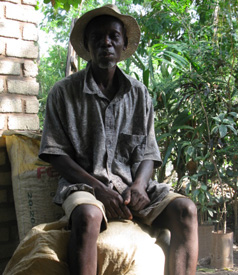 Vandana Shiva writes in Huffington Post about India:
Vandana Shiva writes in Huffington Post about India:
200,000 farmers have ended their lives since 1997.In just one Indian state:
1593 farmers committed suicide in Chattisgarh in 2007. Before 2000 no farmers suicides are reported in the state.Why?
In 1998, the World Bank’s structural adjustment policies forced India to open up its seed sector to global corporations like Cargill, Monsanto and Syngenta. The global corporations changed the input economy overnight. Farm saved seeds were replaced by corporate seeds, which need fertilizers and pesticides and cannot be saved.And that’s not all: Continue readingCorporations prevent seed savings through patents and by engineering seeds with non-renewable traits. As a result, poor peasants have to buy new seeds for every planting season and what was traditionally a free resource, available by putting aside a small portion of the crop, becomes a commodity. This new expense increases poverty and leads to indebtness.








